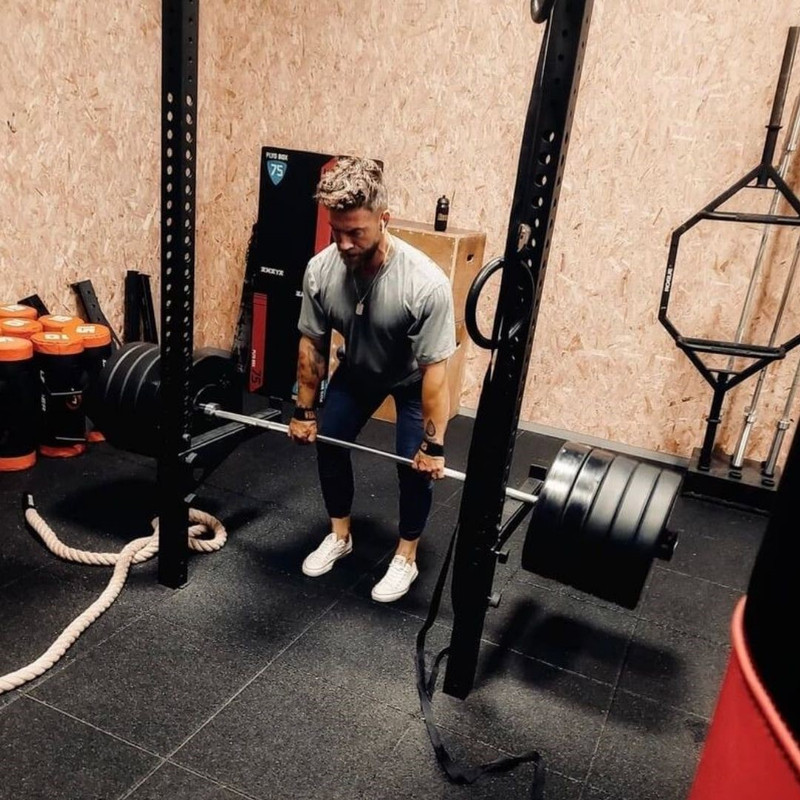Richardbrown
Approved Source

Get a physique that is extremely muscular and has massive trapezius muscles. The top and middle of your back are where the trapezius muscles, or traps, are located. This three-part muscle extends from the middle of your spine to the base of your head. Your back will get bigger and more defined with exercises that target this muscle group, giving you a sturdy frame. Additionally, the traps not only enhance your posture and help prevent shoulder problems when they are strong and developed, but they also look amazing.
Upper Traps
The easiest area to aim for are the upper traps. They offer shoulder stability as well as scapular and cervical spine movement, including upward rotation.
Mid Traps
Your shoulders are crossed by the mid traps. The scapula's retraction is caused by these muscles. Additionally, they aid the mobility and operation of nearby muscles.
Lower Traps
The lower traps stabilize the scapula during other movements as well as aid in the upward rotation, posterior tilt, and external rotation of the scapula.
Best Trap Exercises
1. Barbell Shrug
A terrific traps exercise for highlighting the upper traps and gaining power is the barbell shrug. You should pay close attention to both your grip and shoulder blade retraction to get the most out of your shrugs. To begin with, make sure you have a wide grasp on the bar. As a result, the movement's direction corresponds to the orientation of the muscle's fibers. Second, rather than just raising your shoulders, concentrate on drawing your shoulder blades together. This will guarantee that you activate fully and get the best effects.
Steps
1. Place the bar in an overhand grip that is wider than shoulder width while standing with your feet hip-width apart.
2. As you raise the weight, concentrate on pressing your shoulder blades together and engaging your mid-trap area.
3. Release the weight back down with control.
2. One-Arm Dumbbell Row
With a dumbbell one-arm row, involve your entire body, not just your traps. The entire back muscle group, including the lats, traps, and other stabilizing muscles, can be effectively worked with one-arm rows. You can, however, make a minor adjustment to emphasize the upper traps. A simple shrug is used to get the arm into the row in this situation. The ability to determine if you have a weak side and improve on it is another advantage of the one-arm row. As your abdominals contract to stop you from twisting, you'll also strengthen your core. Additionally, this exercise requires complete body activation and is more athletic because it is performed standing up.
Steps
1. To hold on with one hand, stand facing the back of an inclined bench. Your butt should be protruding out, your knees should be slightly bent, and your hips should be tilted forward.
2. With one hand holding the dumbbell, support your other hand against the incline bench's upright.
3. Maintaining a straight arm while lifting your shoulder will cause your arm to be pulled up and back.
4. Pull the weight towards your chest after shrugging your shoulder, letting your elbow stretch behind you.
5. Controlled weight release is required.
6. Before switching to the other arm, complete a full set on the first.
3. Rack Pull
Rack pulls are a fantastic strategy to increase your upper trap activity and gain bulk. The part of the lift where the upper traps are most engaged is when the pull begins at knee height. Additionally, due to the limited range of motion in this lift, now is the ideal time to add more weight to overload the muscles. However, if you load above your relative capacity, you run the danger of becoming hurt. In order to prevent your shoulders from rounding while you lift, pay attention to pushing your shoulder blades together as you retract them during a rack pull.
Steps
1. Place your barbell on the rack so that it is slightly over knee level.
2. Standing with your feet hip-width apart, tuck your hips forward, flex your knees a little, and take an overhand grip on the barbell.
3. Squeezing the shoulder blades together as you lift the bar. Your body will straighten as you pull. The barbell should be in front of your thighs when the exercise is complete.
4. Release the weight back down with control.
4. Face Pulls
With a solid face pull, you can feel the burn across your upper back, increase stability, and enhance posture. To perform this exercise correctly, there are a few things to bear in mind. Equipment is the first. In a perfect world, you would use a cable machine with ropes that were long enough to allow for complete arm extension. Furthermore, you must be pulling from an anchor point that is above your head. Your standing stance comes in second. You should adopt an athletic stance and stand square to the cable machine. Your grasp is the third. To ensure that your thumbs win the race to the back of your skull, you should employ an underhand grip. Then, pull up to face height, aiming for your nose. Last but not least, don't apply too much weight; you want just enough to cause a correct contraction but not so much that you need to generate momentum.
Steps
1. Put yourself in an athletic stance and stand directly in front of the cable machine. You should have your hips moved back, your feet wider than hip-width apart, your knees bent but your shins vertical, and your chest lifted. Fix the cable so it is over your head.
2. Underhand grasp with both hands while you hold the ropes.
3. Thumbs-first, pull the cables back towards your face. Your traps should be fully contracted at the back of the maneuver. You should also spread your arms wide and have 90-degree bent elbows.
4. Controlled release of the cables is required.
5. If you want to intensify this traps workout, add a hands-up press to the ceiling to the back of the move to work your lower trap muscles.
5. Prone Dumbbell Press
The dumbbell prone press is the final exercise to try for the traps. In essence, this is a shoulder press performed while lying on your stomach. It's a challenging exercise that, if at all, only requires small weights. The lower traps, which are the area of the muscle group that is most frequently overlooked, will be the focus of this exercise. Throughout the whole workout, the weights should remain off the ground.
Steps
1. Your forehead should be in contact with the floor while you lay on your stomach. Refrain from succumbing to existential dread.
2. Maintain a slight arc with your arms above the floor while holding a weight in each hand.
3. Start by bending your arms at the sides so that the weight is on your shoulder. Put all of your attention on tightening your shoulder blades.
4. As you continue to press upward, keep your arms straight and slightly above the floor.
5. Squeezing your shoulder blades as you bring your hands back down to your shoulders








